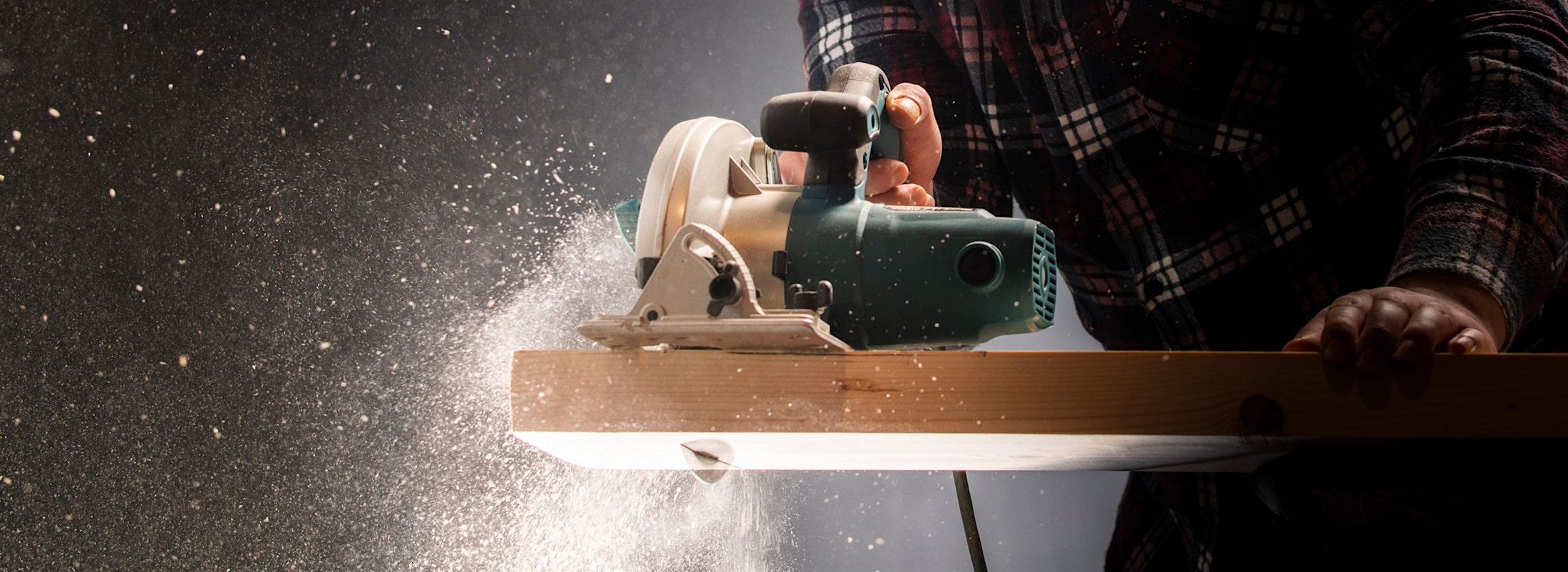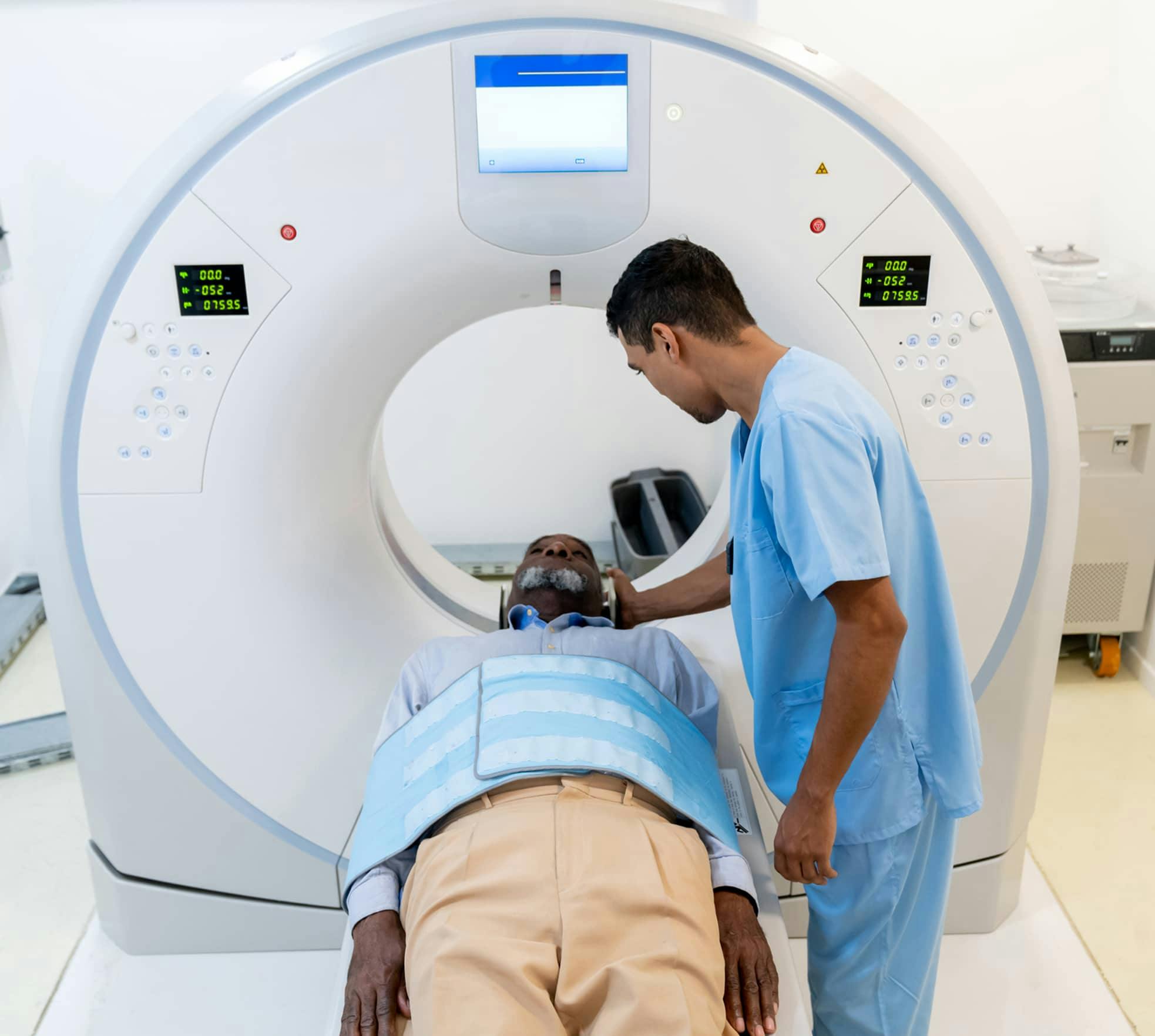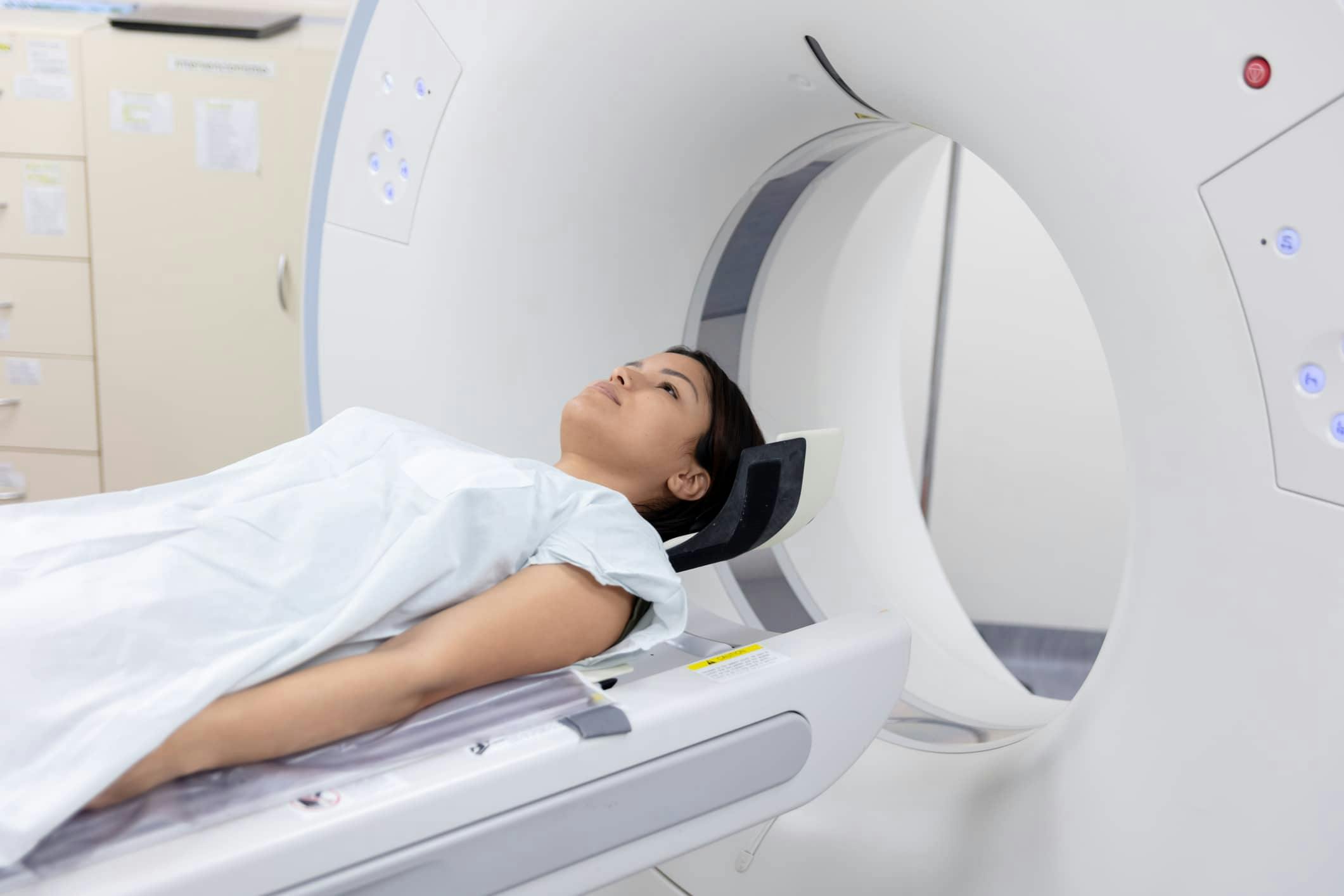Your Path to Precise Orthopedic Diagnosis
Enhancing Spine Diagnostics with CT Scan Technology
A Computerized Axial Tomographic Scan (CT or CAT Scan) is a fundamental diagnostic instrument merging X-ray technology with advanced computer systems to provide comprehensive insights that surpass the capabilities of a traditional X-ray. At the Center for the Functional Restoration of the Spine, our expert orthopedists harness the potential of CT scans to deliver swift, safe, and painless diagnostic procedures, often in conjunction with complementary tests such as discograms. This comprehensive approach ensures the highest degree of accuracy in diagnosing your unique spinal condition and moving you toward the proper rehabilitative treatment as soon as possible.
The CT Scan Experience
To prepare for the examination, it is essential to abstain from consuming solid food for at least three hours before your appointment.
The CT scan excels in identifying a spectrum of spinal issues, including the following:
- Herniated discs
- Spinal stenosis
- Sciatica
- Scoliosis
- Kyphosis
- Spinal Tumors
- Spinal Infections
- And more

How a CAT Scan Works
During a CT scan, you'll recline comfortably on a table that moves smoothly through the CT scanner—a roomy, donut-shaped piece of medical machinery. The scanner emits an array of thin X-ray beams, each administering a minimal dosage and lasting mere fractions of a second. These X-ray beams traverse your body from various angles as the scanner revolves around you.
The CT scanner's advanced computer system then evaluates how your body's tissues interact with the X-rays, reconstructing these into an intricate three-dimensional image. A pivotal advantage of the CT scan lies in its ability to provide a cross-sectional view of the spine, granting physicians an unparalleled view to evaluate internal structures for an accurate orthopedic diagnosis.
Your Comfort is Our Chief Concern
At the Center for the Functional Restoration of the Spine, our CT scan facility is thoughtfully designed to create a spacious and open environment. If you have concerns related to claustrophobia, rest assured that your experience during the procedure will be accommodating and comfortable.
Safety Measures
While CT scans are generally regarded as safe, they do entail exposure to X-rays. Therefore, it is imperative to inform your physician of any potential pregnancy to ensure the requisite precautions are observed.


Fast and Effective Diagnosis for Fast and Effective Treatment
If you are grappling with neck or spinal discomfort, we extend a warm invitation for you to visit our Shrewsbury or Toms River locations. Our dedicated team is steadfast in delivering precise diagnostics and crafting personalized treatment plans tailored to your specific and unique needs. Your appointment is the first step toward an accurate diagnosis and a successful treatment plan.



